Enhancing Safety at The Wonderful Company with Bilingual Safety Training Animation
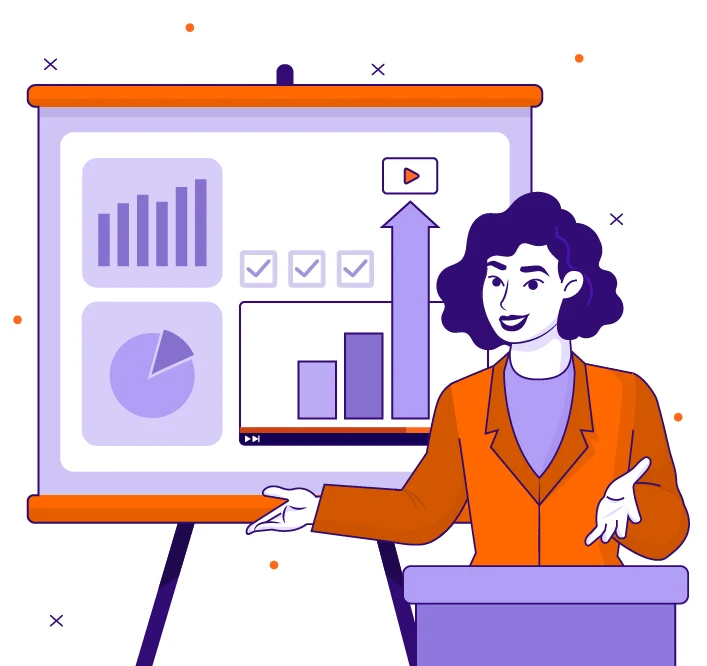
Video-based learning is a great way to spread your company’s safety training to as many people as possible – in a format they prefer. In terms of job training, short, animated videos are a great way to provide employees with the information they need and keep it accessible whenever someone needs to review it.
The Benefits of Animating
Safety Videos
There are many reasons why someone would animate their educational videos: to display information clearly, to give the audience a view they wouldn’t usually see, and more. With safety animations, using video as a medium is a great way to display expensive, complicated, or downright dangerous projects in fine detail. For example, with safety animation, someone could show how and why a machine is dangerous from close up. They could also show the finest details and movements when completing a complex process at any angle, without having to repeat it over and over again.

The Result
Our animation has trained over 6000 Wonderful employees in English and Spanish, and have helped increase the company’s training completion rates. Now, more people are able to help bring Wonderful food to our tables while following safety guidelines!
If you are looking for a team to create safety animations for training just like Wonderful, reach out to us today!
Do you want to learn more about eLearning Video Animation? Read more here
Safety Animation Case Study
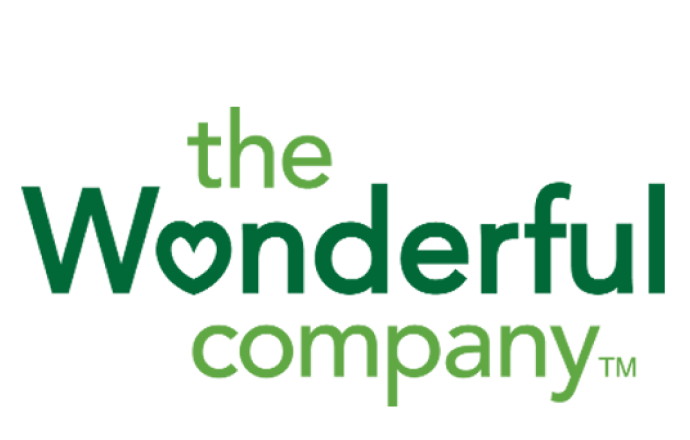
We recently had the pleasure of creating safety animation training videos for our clients at Wonderful, an organic food superpower most well-known for their almonds and pistachios. Wonderful’s products are food-based safety. Although planting, harvesting, and preparing products is key, our focus was to create driver safety training videos.
The Problem
The main issue our client had was that they needed to create safety training videos that can be used in both English and Spanish. They also needed to make sure learners got an accurate illustration of their equipment, how to operate it, and where to store things like water bottles or snacks. With such a diverse audience, our client wasn’t sure how to create content that resonated with everyone. That’s where we came in.
Learn more on How to use Animation in Training here >> How Can I Use Animated Training Videos in a Learning Environment.
Our Solution
Our solution was to create character-led animations. That way, the content can easily be dubbed in both English and Spanish. Plus, with illustrations, we could create accurate depictions of expensive equipment without having to rent it. With an interactive animated video, we could also make sure learners got their information and retained it, could use subtitles, and review the safety training content as needed.
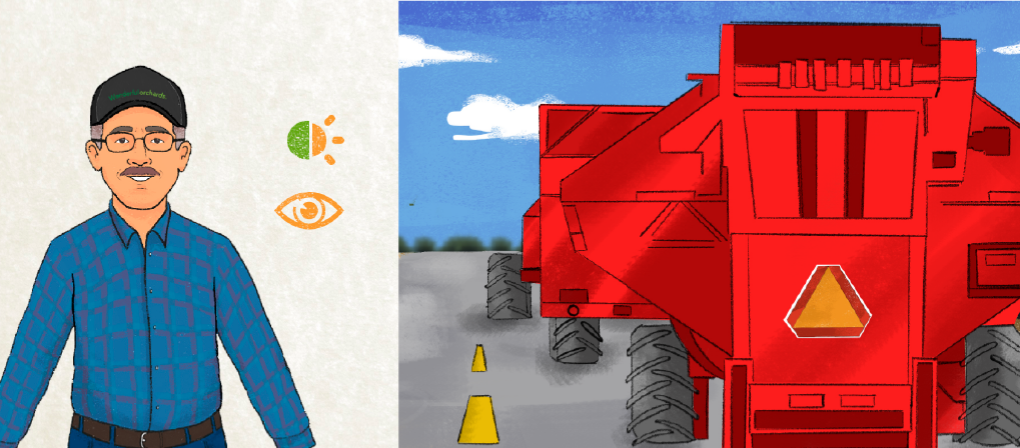
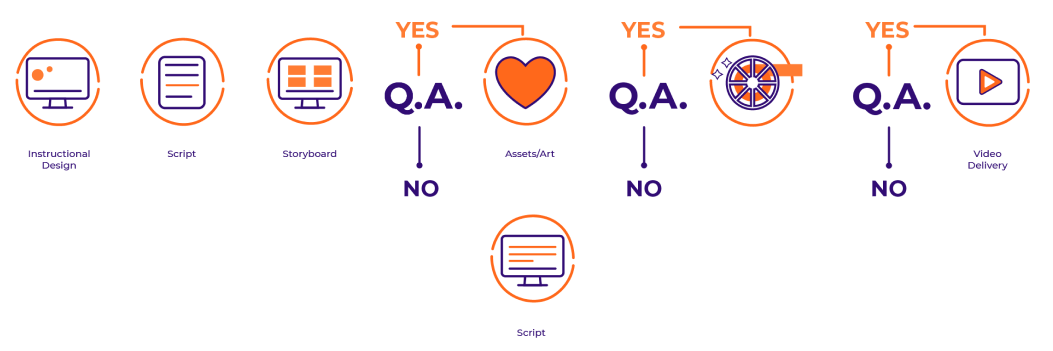
The Process
Our process for this project was simple. Wonderful wanted to work with 2D character animation, but still have a subject matter expert to voice the video. So, we drew up a character for their expert to use. We also made sure the script flowed well in both languages, so viewers could have the same learning experience. Of course, Wonderful had to approve the script and character design. Once they did, we got the rest of the production underway.
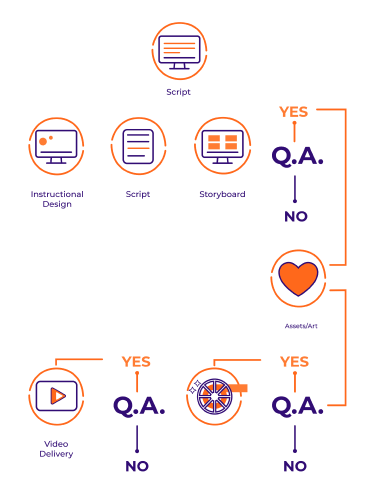
Process step by step
Instructional Design and Research
Storyboarding
Concepting to Create a Style
Asset Creation and Safety
Animation
Cleanup and Sound Design
Get a FREE Consultation With Us!
Are you aware of the sheer power of engaging eLearning solutions but not sure where to start? Schedule a free 30-minute consultation with a Ninja expert to analyze your association, university, or enterprise’s content objectives and map out the interactive blueprint to achieve them.
